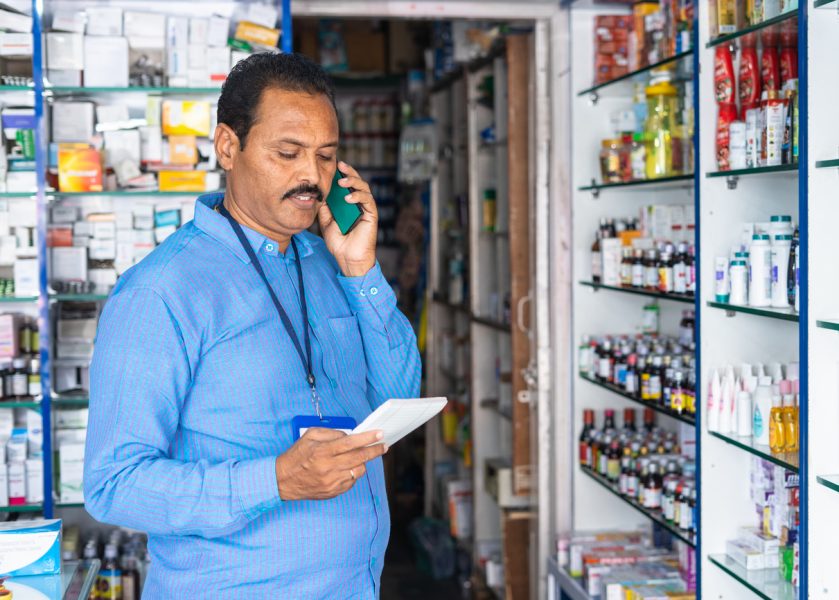
Tariff hike pinch: Over 23 lakh people in Bengal surrender SIM cards
Reduction more prominent in urban areas; many prepaid users surrender additional SIMs due to recent hike in tariff plans amid inflationary pressure

Over 23 lakh people under two telecom circles in West Bengal surrendered their mobile connections in the last 15 months, indicating that India’s digital dream may be busting.
West Bengal has two telecom circles — Kolkata Metro Telecom Circle and West Bengal Telecom circle. The latter covers Andaman and Nicobar Islands, Sikkim and West Bengal, excluding the areas covered by the Kolkata metro circle.
From January 2021 to March 2022, the number of mobile subscribers under the two circles has gone down by around 23.95 lakh, according to figures available with the Telecom Regulatory Authority of India (TRAI). The mobile service providers said the reduction in numbers is more prominent in urban areas, where people generally use multiple subscriber identity module (SIM) cards.
Price hike and second numbers
“One of the reasons for the drop in the number of subscribers is that many pre-paid users have surrendered their additional number after the prices of plans were hiked last year,” said Kaushik Bhadra, a sales executive with Reliance Jio.
Also read: Sri Lanka in uncharted territory; on the brink of anarchy
Reliance Jio, Bharti Airtel and Vodafone Idea had hiked prepaid tariffs last November by 20 to 25 per cent. Prepaid constitutes almost 95 per cent of the total Indian market.
Another executive with a telecom service provider said the tariff hike came as a double whammy for the common people already reeling under high inflationary pressure. The executive said the trend is by and large almost the same in all the telecom circles across the country, projecting a not very encouraging picture of India’s digital dream.
Fall in tele-density
TRAI’s annual performance indicators for 2021 released recently showed that the tele-density in India declined from 86.38 per cent at the end of December 2020 to 85.91 per cent at the end of December 2021, an annual declining rate of 0.54 per cent.
The tele-density in the country has been gradually diminishing since 2018, according to the TRAI report. In 2021, the tele-density dropped to 85.91 per cent from 91.45 per cent in 2018. The fall is stiffer in urban areas, where the density declined to 137.26 per cent in 2021 from 159.98 per cent in 2018.
In terms of subscriber base, the numbers dropped from 1,197.87 million in 2018 to 1,178.41 in 2021. However, the subscriber base had slightly increased in 2021 compared to 1,173.83 in 2020.
“With a net decrease of 11.40 million subscribers during the quarter, the total wireless subscriber base decreased from 1,166.02 million at the end of Sep-21 to 1,154.62 million at the end of Dec-21, registering a decline rate of 0.98 per cent over the previous quarter,” the TRAI report said.
Also read: Kirit Somaiya’s ‘mafia CM’ jibe at Uddhav has left Camp Shinde fuming
Alarmingly, an analysis of the monthly data of the regulatory authority showed that the declining trend continues even this year. The number of telephone subscribers in India as of April this year stood at 1,167.82 million, which is 10,59 million less than what it was in December last year.
The tele-density too further decreased to 84.88 per cent in April.


